Proper surface preparation is one of the most critical steps in ensuring strong, long-lasting bonds between metal and rubber – especially in industrial applications. Whether you’re maintaining conveyor systems, refurbishing equipment, or applying wear-resistant linings, knowing how to prep metal for rubber bonding can mean the difference between a failed repair and a permanent solution.
Why Surface Preparation Matters
Adhesive failure is often the result of poor surface prep. Metal surfaces may appear clean, but they’re often contaminated with oils, rust, paint, or oxidation – all of which inhibit proper adhesion. In heavy-duty environments where bonded materials face heat, moisture, and mechanical stress, this can lead to delamination, equipment downtime, or costly rework.
The 3 Key Steps to Prep Metal Like a Pro
1. Degrease the Surface
Start by removing all oils, greases, and contaminants with a strong degreasing solvent. Use lint-free cloths to avoid transferring new particles. This ensures the metal surface is clean and ready for abrasion.
2. Abrade the Metal Surface
Mechanically roughen the metal using a wire brush, sandblasting, or grinding. The goal is to increase surface area and create mechanical “tooth” for the adhesive to grip. Be sure to abrade only after degreasing—never before.
3. Apply a Metal Primer
Once the surface is cleaned and abraded, immediately apply a metal primer for rubber adhesion such as Topprime. This step prevents oxidation and enhances the bond between the rubber adhesive and the metal substrate.
Choosing the Right Adhesive
Even with perfect surface prep, using the wrong adhesive can compromise your results. Topstick offers a range of industrial adhesives engineered for high-performance bonding in extreme environments:
- Topstick SC-08: Fast-curing rubber adhesive ideal for on-site conveyor repairs
- Topstick SC-020: Two-component contact adhesive for high-stress applications
- Topprime: Non-flammable adhesive designed for underground and flame-free environments
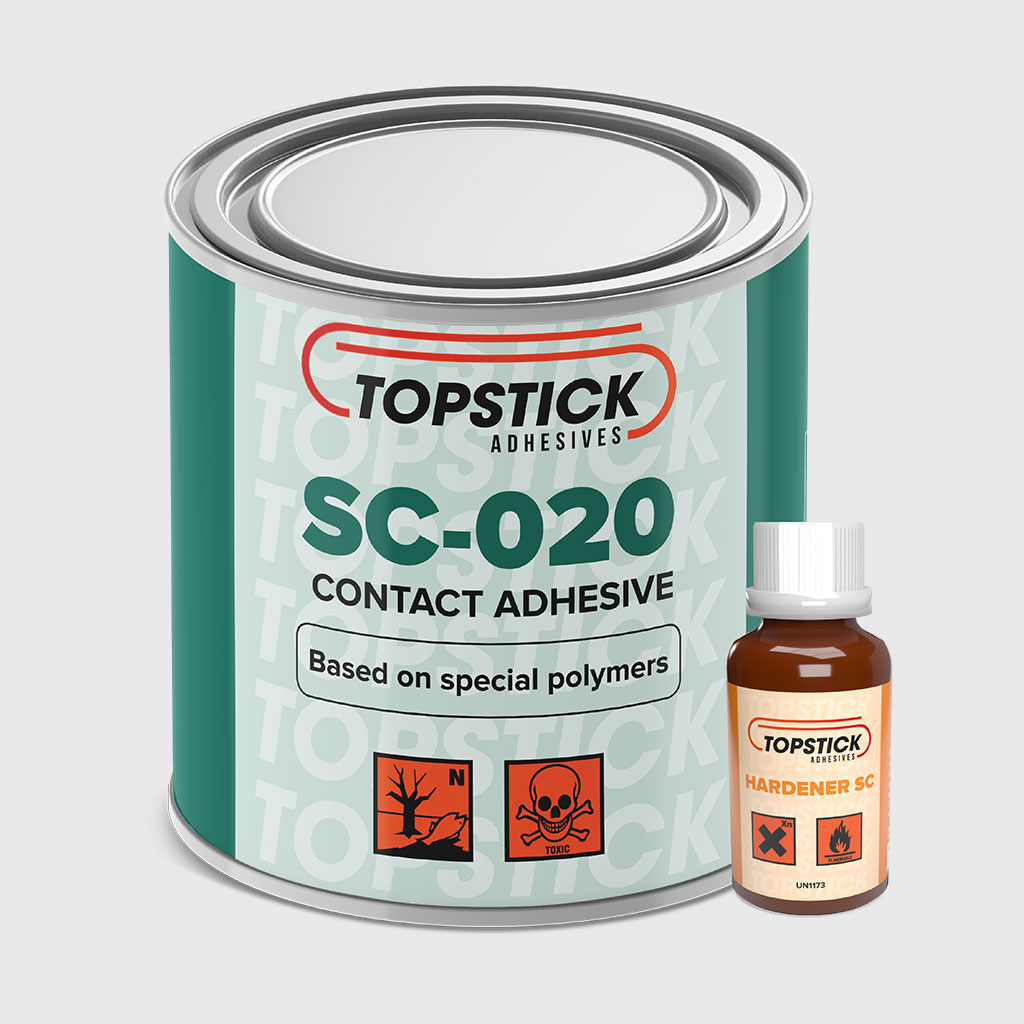
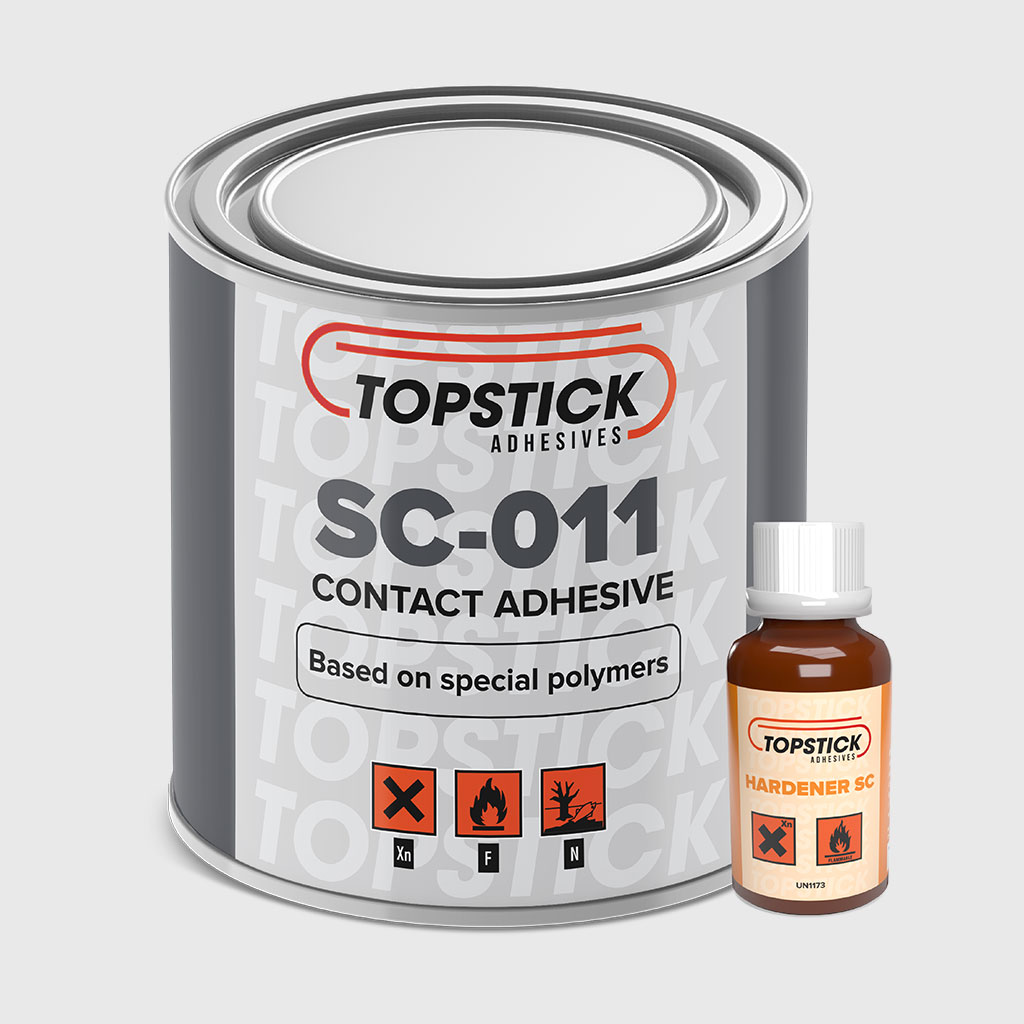
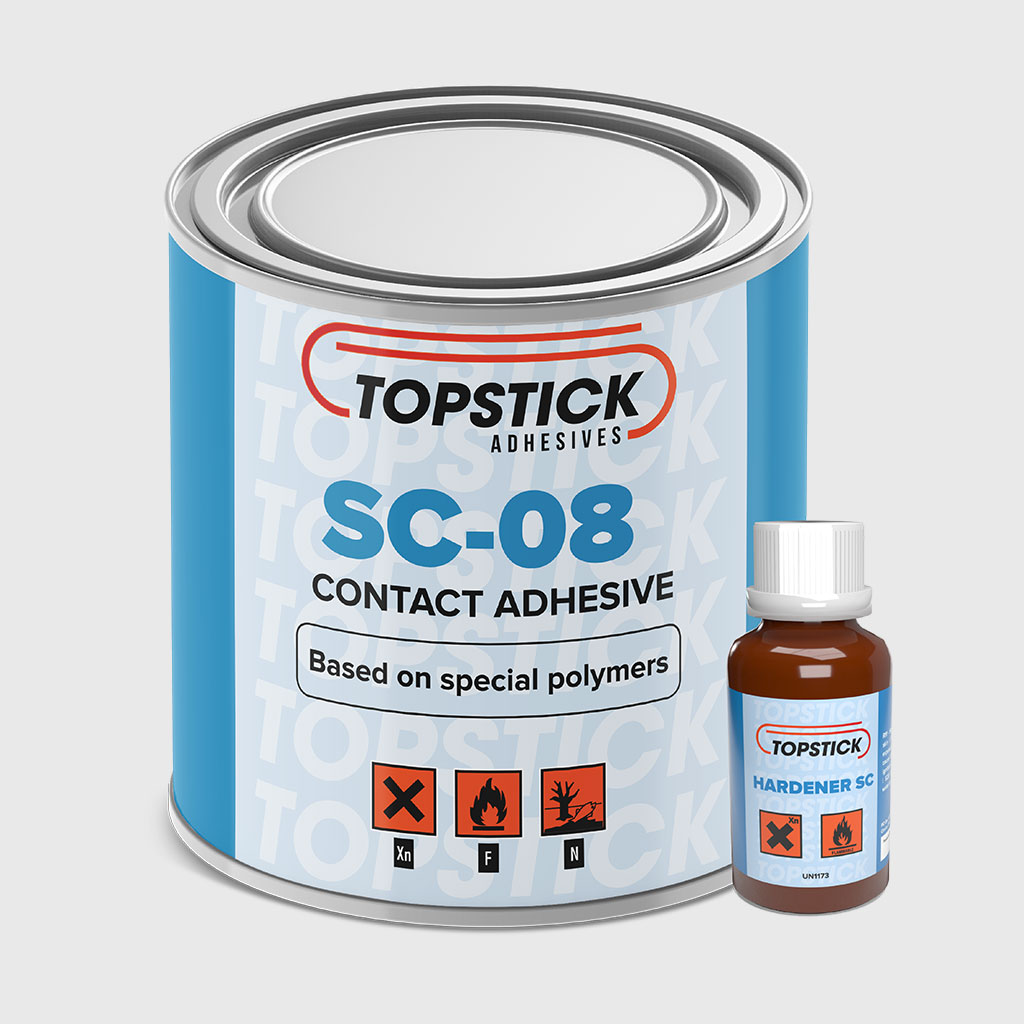
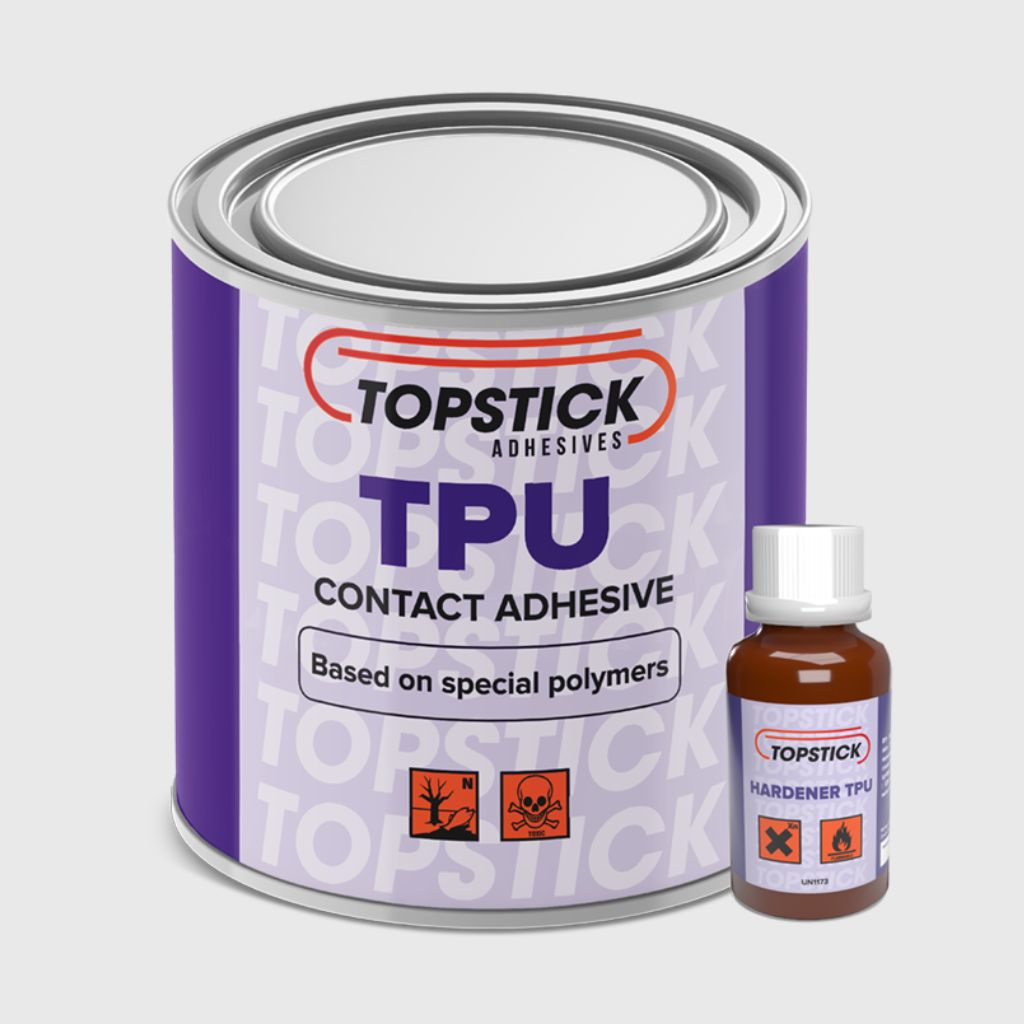
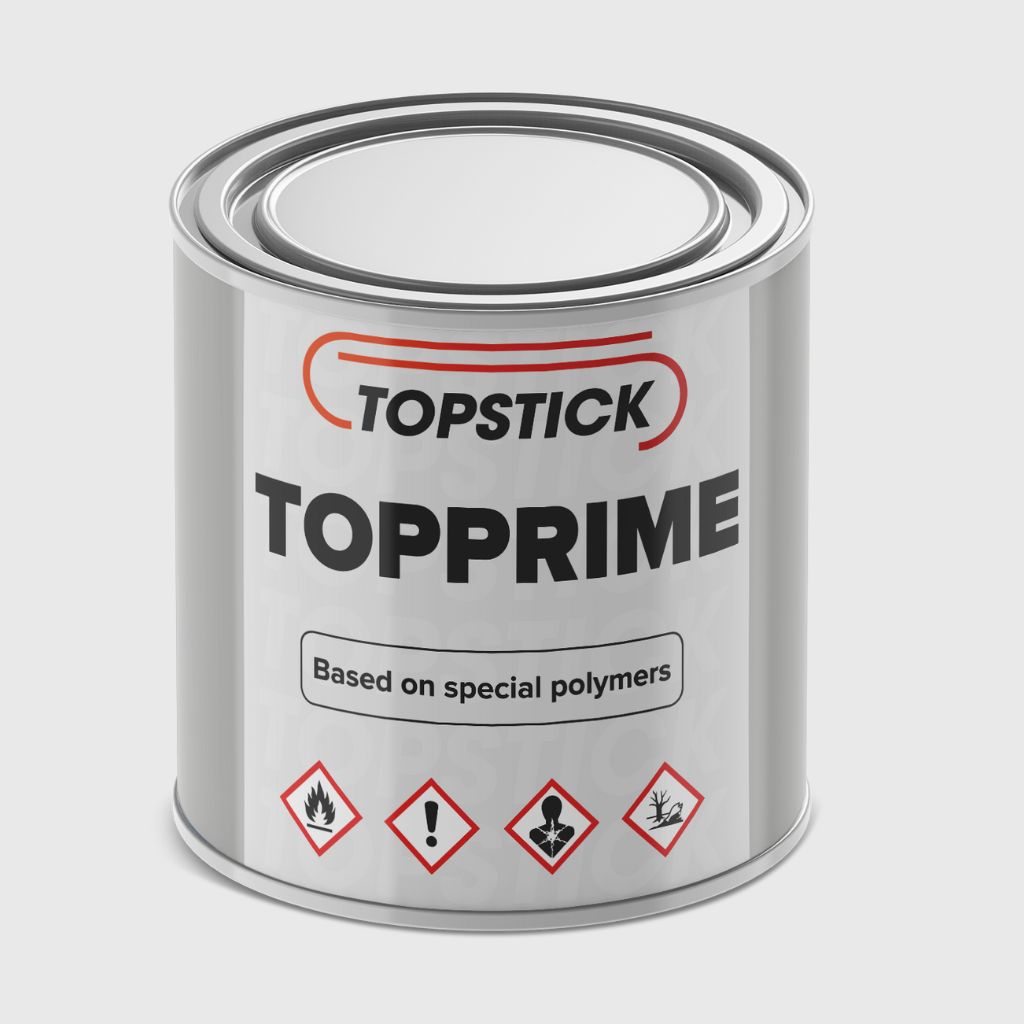
Applications in Industrial Settings
These preparation steps and adhesives are commonly used in:
- Rubber lagging of pulleys
- Chute and tank lining
- Cold splicing of conveyor belts
- Gasket bonding and vibration control
Final Thoughts
Knowing how to prep metal for rubber bonding is essential for maintenance professionals and engineers looking to improve equipment longevity and reduce downtime. By following a methodical surface preparation process and selecting the right adhesive, you can achieve safe, secure, and durable bonds that perform under pressure.
Explore our full product range or contact our team for expert advice on your bonding application.
